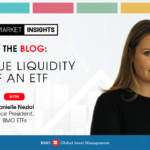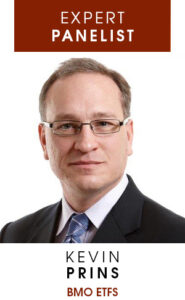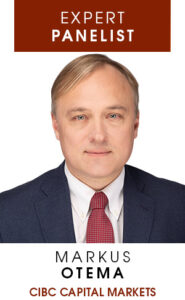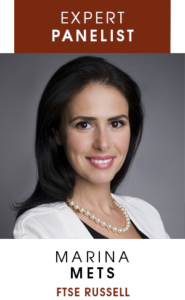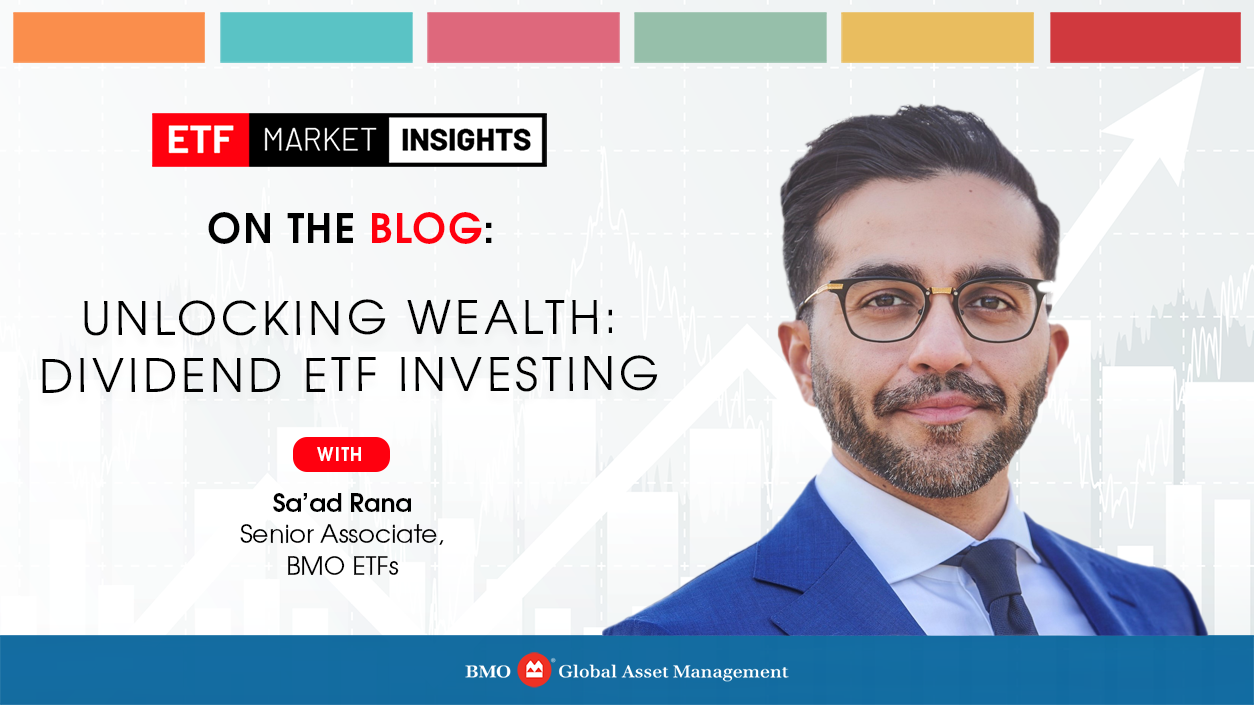
When it comes to investment strategies, dividend or income investing holds a special place in the hearts of many investors, especially retirees. It’s not surprising, considering that dividends often constitute a substantial portion of a portfolio’s total return. Let’s dive into this popular approach and understand how Exchange-Traded Funds (ETFs) can be a game-changer.
The Dividend Advantage
Now, let’s dissect the significance of dividends in the realm of equity returns. Looking over the long-haul equity return expectations; the S&P has returned an average of around eight percent over a 40+ year period1. In historical context, dividends have accounted for a significant portion of this return, ranging from three to four percent. This underscores how dividends contribute almost half of the total equity market return annually.2 However, their true power lies in compounding. While you collect dividends each year, reinvesting them into equities sets the stage for exponential growth. This compounding effect is what propels your portfolio to higher echelons of growth.
Moreover, dividends are more than just monetary gains; they serve as a vital indicator of a company’s financial health. While not the sole indicator, companies with robust dividend policies often signal financial stability. It’s crucial to note, however, that not all dividends are created equal, a distinction we’ll explore further.
The Art of Portfolio Construction
We’ve witnessed a surge of interest in dividends – evident in the significant influx of investments into the dividend space. But what are the actual benefits of incorporating dividend investments into your portfolio?
From a portfolio construction perspective, the benefits of including dividend-paying stocks are evident. We’ve examined 32 years of returns across various companies in the Canadian equity market. Dividing them into dividend growers, dividend payers, dividend cutters, and non-dividend payers, a clear pattern emerges. The standout performers are the dividend Growers, showcasing the potential of quality dividend-paying stocks. Over this period, they have consistently outperformed the broad index, offering a higher average return. Moreover, when it comes to managing risk, dividend Growers and high-quality dividend payers exhibit a slightly lower level of volatility compared to the broader market. This suggests that a focus on sustainable, high-quality dividend stocks can lead to both enhanced returns and a controlled risk profile, making them a compelling addition to a well-rounded investment portfolio. It’s worth noting that not all dividends are created equal, and a discerning approach is crucial for maximizing the benefits of dividend investing.
Ensuring Sustainable Dividends
One of the crucial aspects of dividend investing is ensuring the sustainability of the payouts. Stepping into the shoes of a prudent investor, it’s imperative to avoid falling into yield traps—companies offering high yields but lacking the financial backing to sustain them. Enter the analysis of a company’s overall health, a task made easier by assessing key metrics.
Cash as a percentage of total assets and payout ratios are key indicators of a company’s financial fortitude. In recent times, the top quartile of companies has seen a surge in cash reserves, an encouraging sign of their resilience. Moreover, evaluating the payout ratio provides insights into the sustainability of dividends. A company paying out more than it earns in the long run is walking on thin ice, whereas those with ratios in the 40-50% range are on relative solid ground.
Dividends in an Age of Inflation
Amid the spectre of inflation, dividend strategies have shone brightly. Companies with robust dividend policies, characterized by stable cash flows, have weathered the storm far better than their growth-oriented counterparts. Inflation, while posing challenges to certain sectors, has not dampened the dividend-driven approach. In fact, historical data (monthly excess returns over the MSCI World Index for the last 45 + years) indicates that dividend-paying companies fare even better in high CPI environments, providing a reliable anchor for portfolios.
At the heart of the resilience of dividend-paying companies lies their ability to generate steady and predictable cash flows. These companies often operate in industries with stable demand for their products or services, which provides a buffer against the uncertainties associated with inflation. By virtue of their financial stability, they’re better positioned to maintain and perhaps even grow their dividend payouts, providing a reliable source of income for investors.
Historical data, tracked against the Consumer Price Index (CPI), reinforces the notion that dividend-paying companies can act as a reliable anchor for portfolios during inflationary periods. These companies tend to exhibit a degree of insulation from the market volatility often associated with rising prices. By consistently delivering returns through dividends, they offer investors a source of stability in an otherwise uncertain economic environment.
Methodology Matters
In the realm of Dividend ETFs, the choices are vast, and not all ETFs are created equal. Each comes with its unique methodology, impacting performance. Factors such as weighting methodology, sector caps, and company quality screenings play pivotal roles in the outcome. This underscores the importance of understanding the underlying strategy before investing.
For example, at BMO, our Dividend ETFs focus on high-quality, blue-chip companies. We seek sustainable dividend growth, emphasizing companies with positive or flat three-year dividend growth rates. By prioritizing sustainability and quality, we aim to construct portfolios that offer both stability and income potential.
When you delve into our Dividend ETF methodology, a clear pattern emerges. We hone in on large-cap, high-quality companies with a history of dividend growth or maintenance. Our stringent selection criteria ensure that only the crème de la crème make it into our portfolios. We prioritize sustainability, looking for companies with payout ratios in the 40-50% range, indicating a healthy balance between dividends and earnings.
In constructing our portfolios, we target a specific number of names, ensuring diversification without compromising on quality. The weighting is determined by total dividends, striking a balance between yield and market cap. This blend approach provides investors with exposure to higher yield while anchoring the portfolio with larger, more stable companies.
For Canadian dividend-paying equities, providing exposure to well-established companies with a history of consistent dividend payments, we offer the BMO Canadian Dividend ETF (ZDV). On the other hand if investors would like to tap into the robust American equities we have the BMO U.S. Dividend ETF (ZDY & ZDY.U). BMO International Dividend ETF (ZDI) – Provides exposure to international dividend-paying companies, offering geographic diversification beyond North America.
For those seeking a hassle-free option, we also offer the ZMI Monthly Income ETF—a comprehensive, all-in-one solution that combines dividend-focused equities and fixed-income assets.
In conclusion, dividend ETF investing is a powerful strategy for investors seeking stability, income, and long-term growth. By focusing on high-quality, sustainable dividend-paying companies, investors can navigate through various market conditions while maximizing their returns. With the right approach and a keen understanding of underlying methodologies, dividend ETFs can be a cornerstone of a well-balanced investment portfolio.
Remember, in the world of investing, patience and knowledge are your most valuable assets. Happy investing!
1 ETF Market Insights (YouTube Episode: Delivering Growth with Dividend ETFs – December 2, 2022): Time stamp: 4:39
2 ETF Market Insights (YouTube Episode: Delivering Growth with Dividend ETFs – December 2, 2022): Time stamp: 4:39
Disclaimer:
Commissions, management fees and expenses all may be associated with investments in exchange traded funds. Please read the ETF Facts or prospectus of the BMO ETFs before investing. Exchange traded funds are not guaranteed, their values change frequently and past performance may not be repeated. For a summary of the risks of an investment in the BMO ETFs, please see the specific risks set out in the BMO ETF’s prospectus. BMO ETFs trade like stocks, fluctuate in market value and may trade at a discount to their net asset value, which may increase the risk of loss. Distributions are not guaranteed and are subject to change and/or elimination. BMO ETFs are managed by BMO Asset Management Inc., which is an investment fund manager and a portfolio manager, and a separate legal entity from Bank of Montreal. ®/™Registered trademarks/trademark of Bank of Montreal, used under licence.
The views and opinions of the author in this communication do not necessarily state or reflect those of BMO Global Asset Management. This communication is for information purposes. The information contained herein is not, and should not be construed as, investment, tax or legal advice to any party. Particular investments and/or trading strategies should be evaluated relative to the individual’s investment objectives and professional advice should be obtained with respect to any circumstance.


